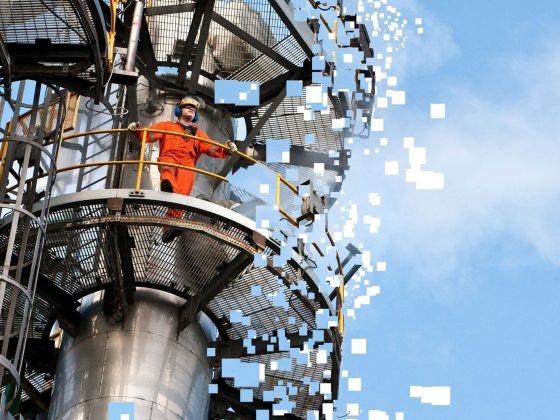BP, Microsoft Team Up on Green Energy
The two companies are joining forces in a wide-ranging partnership that encompasses sustainability and technology.
Microsoft and bp have entered a quid pro quo agreement—bp will supply Microsoft with renewable energy to help it meet its 2025 renewable energy goals and, in return, Microsoft will further bp’s digital transformation with Azure cloud services.
The two companies signed a memorandum of understanding that highlights the capabilities of each in accelerating the progress towards their sustainability goals. The plan will initially focus on four areas: smart and clean cities, clean energy parks, consumer energy and industrial Internet of Things.
The smart and clean cities component identifies the synergies between Microsoft’s ‘Smart Cities’ initiative and bp’s ‘Clean Cities’ vision with the goal of forming a strategic collaboration to help cities achieve their sustainability targets. Clean energy parks means joining efforts in co-developing innovative, clean energy parks with an ecosystem of low carbon technologies such as carbon capture use and storage—an integrated suite of technologies that has demonstrated a 90 percent capture rate of carbon dioxide produced from the use of fossil fuels in electricity generation and industrial processes, preventing carbon dioxide from entering the atmosphere.
The consumer energy focus will look for ways of harnessing the power of data-driven, personalized insights to enable energy consumers to manage their home energy use and reduce carbon emissions. The fourth component, the industrial IoT solutions, is looking into delivering advanced capabilities to bp production and operations facilities.
Working towards a common goal
Earlier this year, bp announced its goal to become a net-zero emissions company by 2050 the latest and help the world advance towards the same status along the way. By the end of the decade, the U.K.-based company aims to have developed roughly 50 gigawatts of net renewable generating capacity, which represents a 20-fold increase over the current generating capacity, to increase the annual low carbon investment 10-fold to around $5 billion and to cut oil and gas production by 40 percent.
In January 2020, Microsoft affirmed its intention to become carbon negative by 2030 and, by 2050, to remove more carbon from the environment than it has emitted since its founding.







You must be logged in to post a comment.